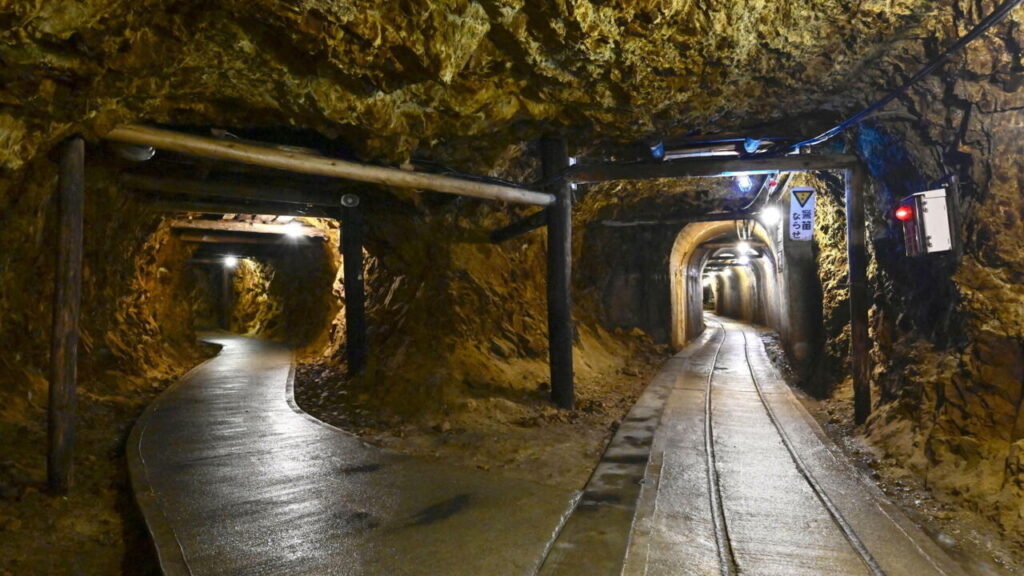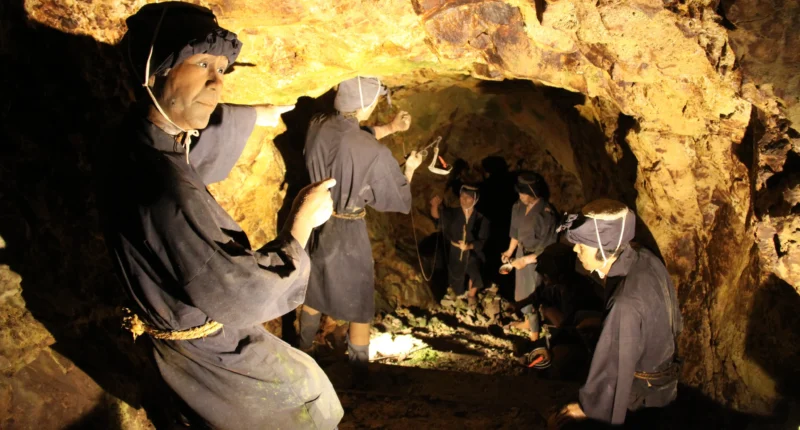On July 27, 2024, UNESCO officially added Japan’s Sado gold and silver mines to its World Heritage List. This decision followed South Korea’s withdrawal of objections, which were rooted in the painful history of forced labor during World War II, when Korean workers were conscripted under harsh conditions.
Rich Historical Tapestry
The Sado mines have been operational since at least the 12th century, continuing to produce gold and silver until the post-World War II era. Unlike the mechanized methods common in European mines, the Sado mines are distinguished by their traditional, artisanal mining techniques. This blend of historical and cultural heritage, reflecting centuries of evolving mining practices, sets the Sado mines apart.
Controversy and Ethical Concerns
Initially, South Korea opposed the UNESCO listing due to the forced labor of Korean workers during Japan’s occupation. The working conditions for these laborers were notoriously brutal, often worse than those experienced by Japanese workers. This dark chapter in the mines’ history sparked significant ethical and historical debate, leading to South Korea’s initial resistance.
Navigating the UNESCO Listing Process
Japan vigorously advocated for the Sado mines’ inclusion, highlighting their cultural, historical, and archaeological value. The emphasis on preserving traditional mining techniques and the unique social structure that evolved around the mines was central to Japan’s argument. After extensive diplomatic negotiations, South Korea consented to the listing, provided there was an honest acknowledgment of the forced labor issue.

Global Recognition and Reconciliation
The inclusion of the Sado mines on the UNESCO list represents a broader effort to honor historical mining sites in Japan. This recognition aims to boost tourism and enhance global awareness of the site’s cultural and historical significance. Additionally, it seeks to address historical injustices by acknowledging the grim aspects of the mines’ past, including the discriminatory labor practices during World War II.
Inside the Sado Gold and Silver Mines
Historical Significance and Production: Situated on Sado Island, the Sado Gold and Silver Mines began operations in the 17th century, peaking during the Edo period as one of Japan’s largest gold producers.
Forced Labor and Unique Features: The mines’ history includes the use of forced labor from political exiles and features extensive underground tunnels, some stretching over 2,000 meters, illustrating the scale and difficulty of the mining operations.
Closure and UNESCO Recognition: Declining output led to the mines’ closure in 1989. Today, their designation as a UNESCO World Heritage site underscores their historical and cultural importance in Japan’s mining legacy.












